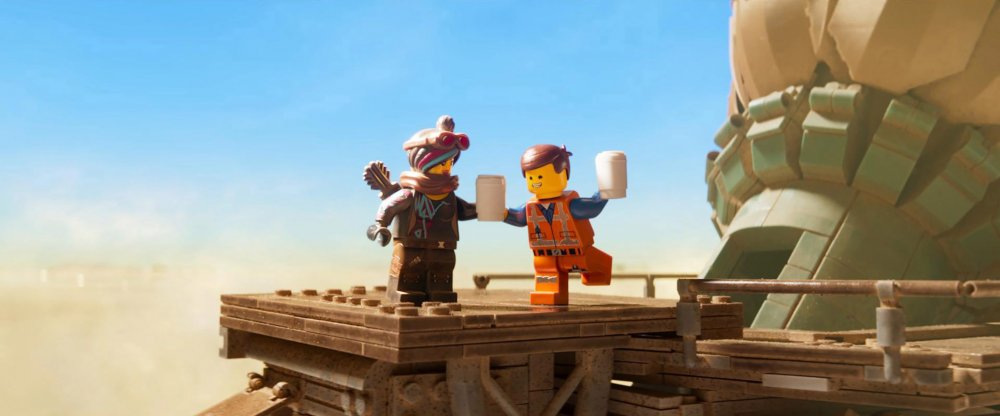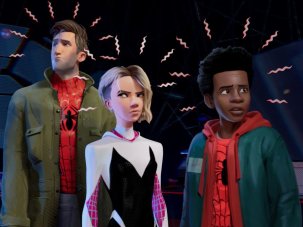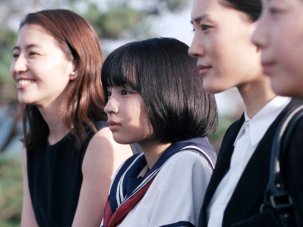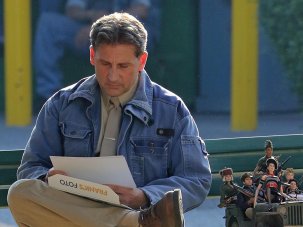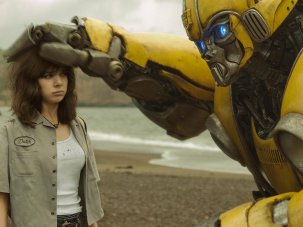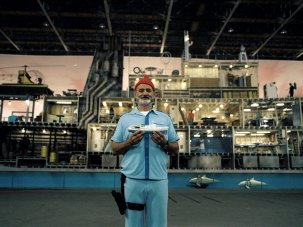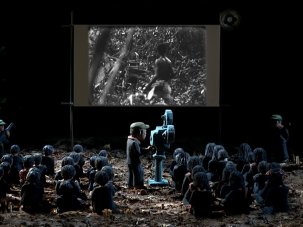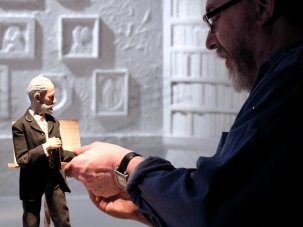Brand recognition trumps all at today’s box office, to the extent that producers are now adapting intellectual property with no existing storylines. Like Lego. The Lego Movie (2014) contrived a manic comedy caper set in the plastic city of Bricksburg. It added a meta-narrative in which eight-year-old Finn (Jadon Sand) and his father, Bricksburg’s human architects, clashed over whether Lego builders should follow rules or their own imagination. Thanks to an endlessly playful script by Phil Lord and Christopher Miller, which converted Lego’s various tie-in toys into smart intertextual jokes, it worked.
USA 2019
Certificate PG 106m 58s
Directors Mike Mitchell
Cast
Emmet Brickowski / Rex Dangervest (voice) Chris Pratt
Wyldstyle / Lucy (voice) Elizabeth Banks
Batman (voice) Will Arnett
Queen Watevra Wa’Nabi (voice) Tiffany Haddish
General Mayhem / Sweet Mayhem (voice) Stephanie Beatriz
Unikitty / Ultrakatty (voice) Alison Brie
MetalBeard (voice) Nick Offerman
Benny (voice) Charlie Day
Mom Maya Rudolph
President Business / Dad Will Ferrell
Finn Jadon Sand
Bianca Brooklynn Prince
In 2D and 3D versions
UK release date
Distributor Warner Bros UK
warnerbros.co.uk/movies/the-lego-movie-2
► Trailer
Two spinoff films, The Lego Batman Movie and The Lego Ninjago Movie (both 2017), repeated the formula, right down to the central son-dad conflict. This, the franchise’s first sequel, picks up where the original left off: Finn’s little sister Bianca (Brooklynn Prince) and her Lego have arrived to wreak havoc in Bricksburg. To its credit, The Lego Movie 2 – directed by Mike Mitchell, who helmed another branded film in 2016’s Trolls – mines this premise for new themes, seeking to offset the earlier instalments’ focus on male relationships.
Alien attacks have turned Bricksburg into a Mad Max-style desert wasteland. When the aliens abduct his friends, perennially chipper construction worker Emmet (Chris Pratt) pursues them into a universe of bubblegum gaudiness, whose inhabitants are chiefly interested in makeovers and marriage. This turns out to be Bianca’s creation. The film’s epic war of worlds is a proxy for the siblings’ petty rivalry, which unfolds in live-action scenes. The script, again by Lord and Miller, riffs on gender norms and the ways they are expressed in child’s play. It acknowledges the latest gender discourse, not always subtly – the baddie is a walking, growling embodiment of toxic masculinity. The plot meanders, but the film is deftly grounded in the frame narrative about Finn and Bianca – some of their scenes together are quite touching.
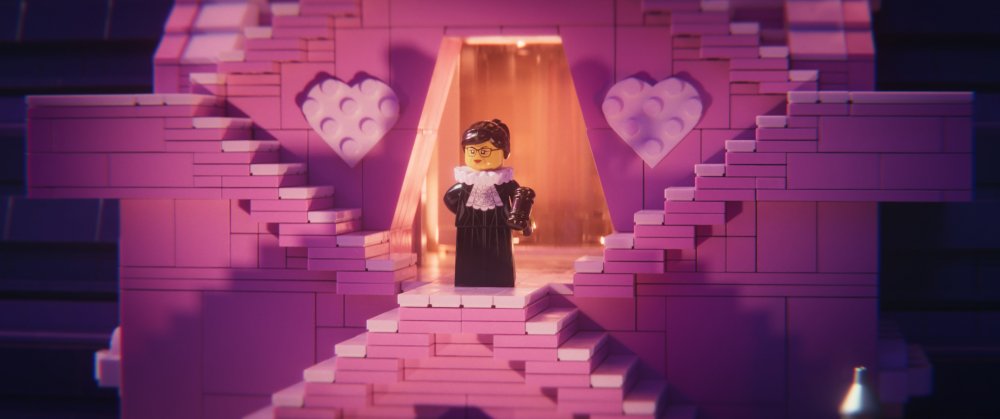
As in previous Lego films, the animation, by Sydney studio Animal Logic, is a CG pastiche of stop motion. The decors evoke vast Lego constructions; even smoke and water are depicted as masses of little bricks, reversing Ninjago’s move towards realistic textures. The characters’ movements are staccato – an effect achieved by animating ‘on twos’ (ie halving the number of original frames per second) – and their gestures are absurdly inadequate. Their essential Lego-ness is a constant source of humour. More than other animated films, this franchise plays its actual animation for laughs.
And the cultural references come thick and fast, sometimes substituting for plot. One character explains away his time travel by saying that it’s like what happens in Back to the Future. Gandalf, Bruce Willis and Ruth Bader Ginsburg all make appearances. The franchise itself is now fair game for parody: familiar skits are revived and the Batman movie is namedropped.
This hyper-ironic tone, born of Lego’s limitations, felt fresh in The Lego Movie. But it’s becoming more pronounced, and – some great gags aside – more annoying. The Lego Movie 2 has serious points to make about human relationships but undermines them by always reverting to a stance of cheeky self-awareness. Then again, in a film that derives from hollow source material, that’s none too surprising.
-
The Digital Edition and Archive quick link
Log in here to your digital edition and archive subscription, take a look at the packages on offer and buy a subscription.




